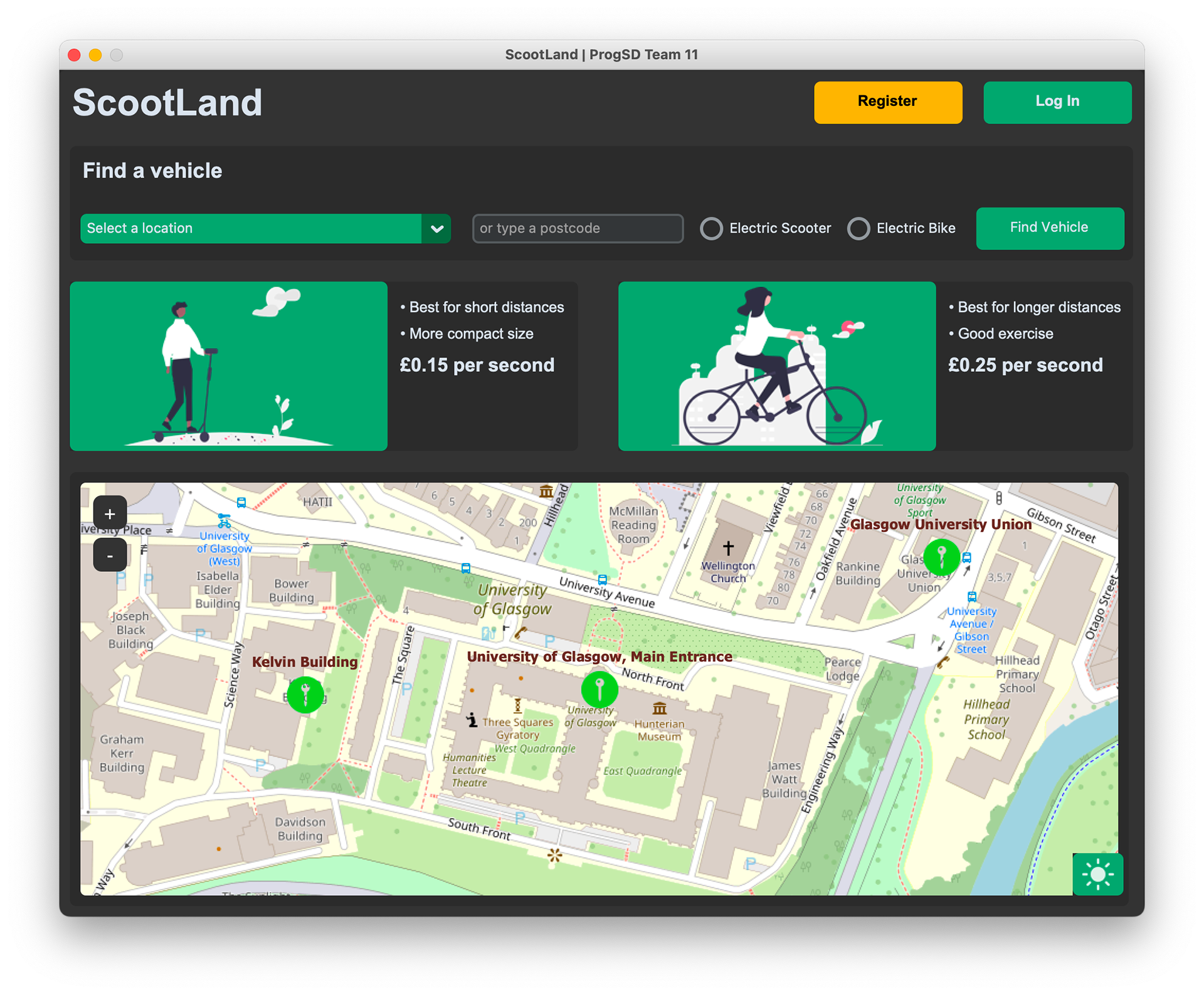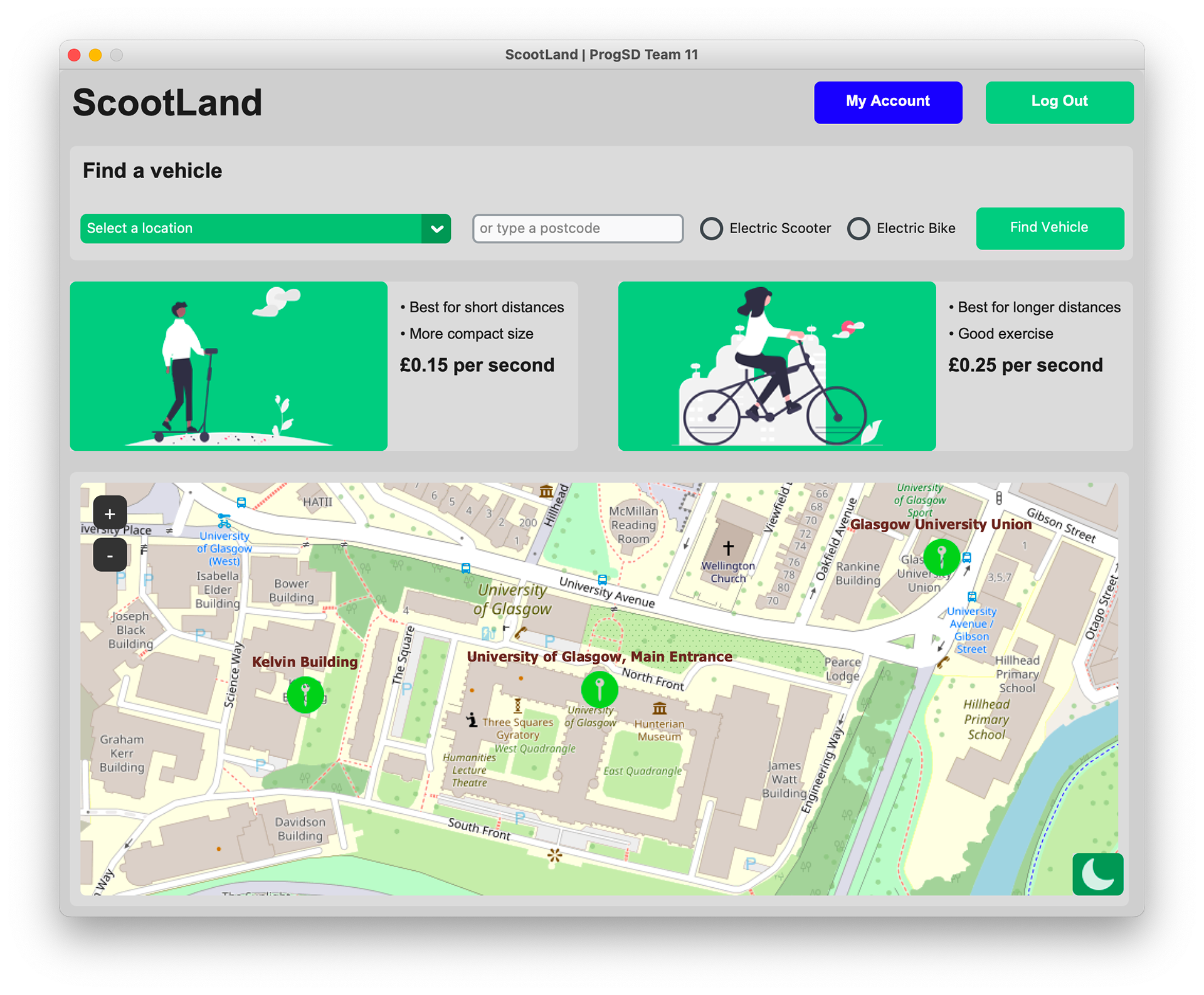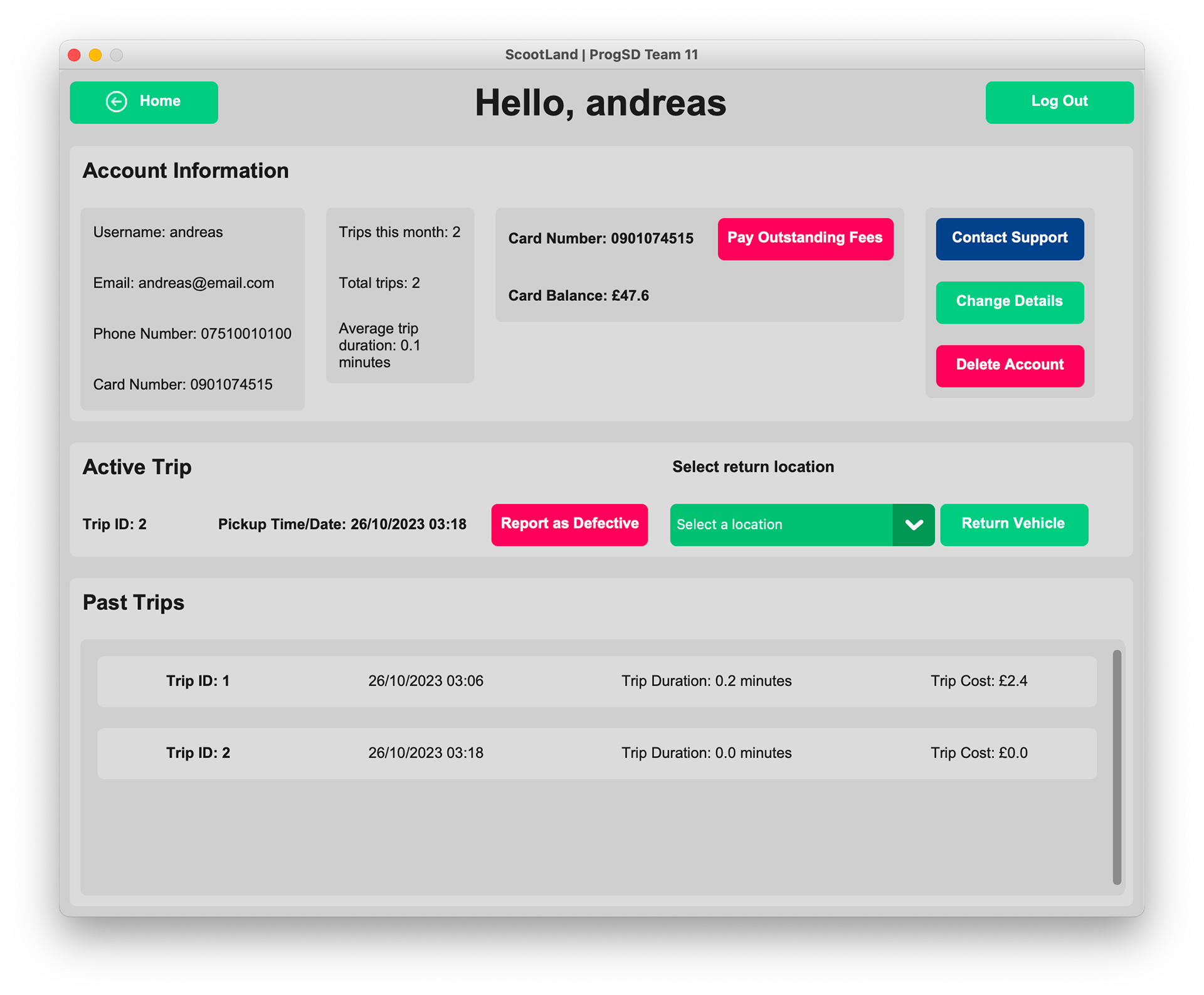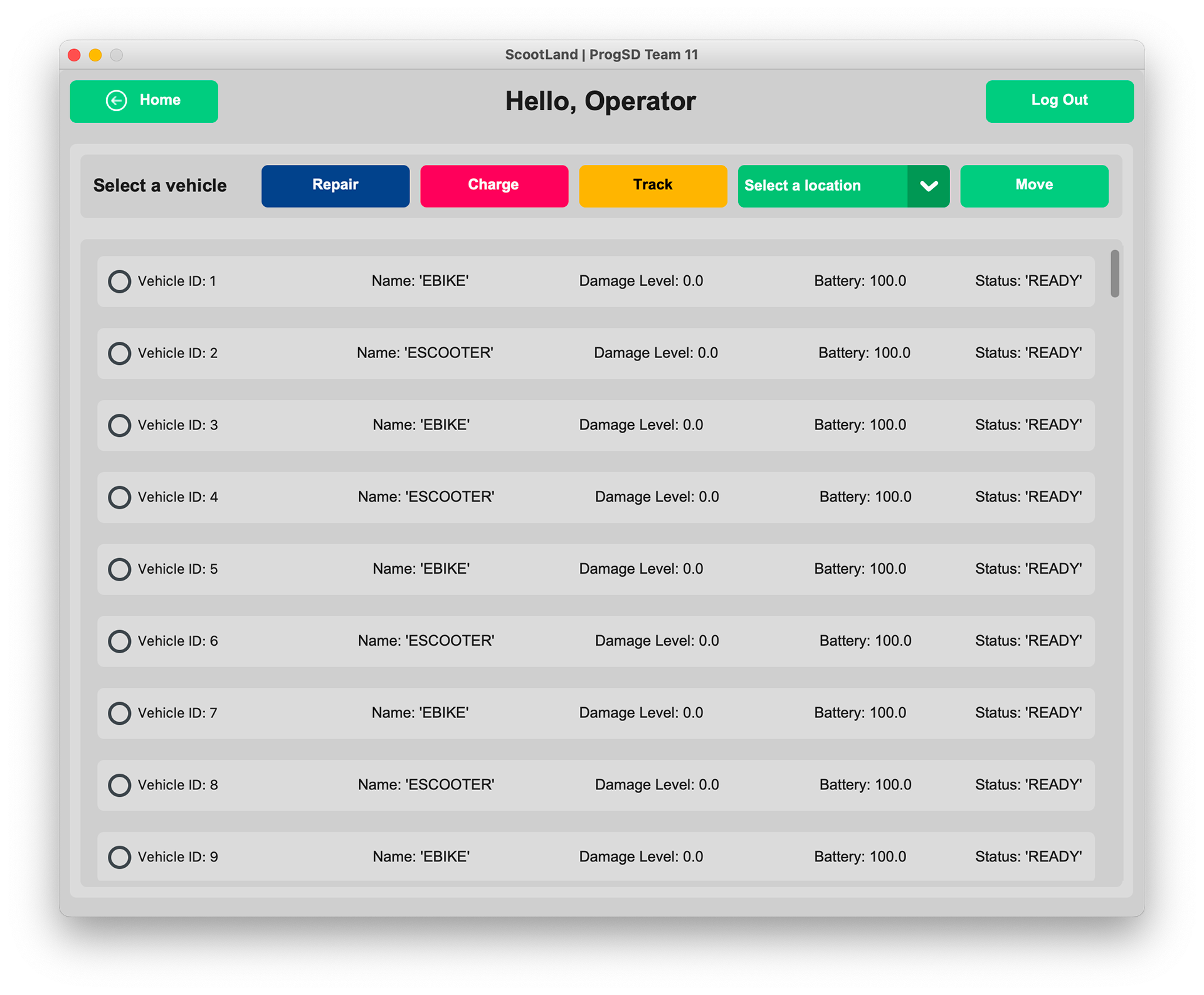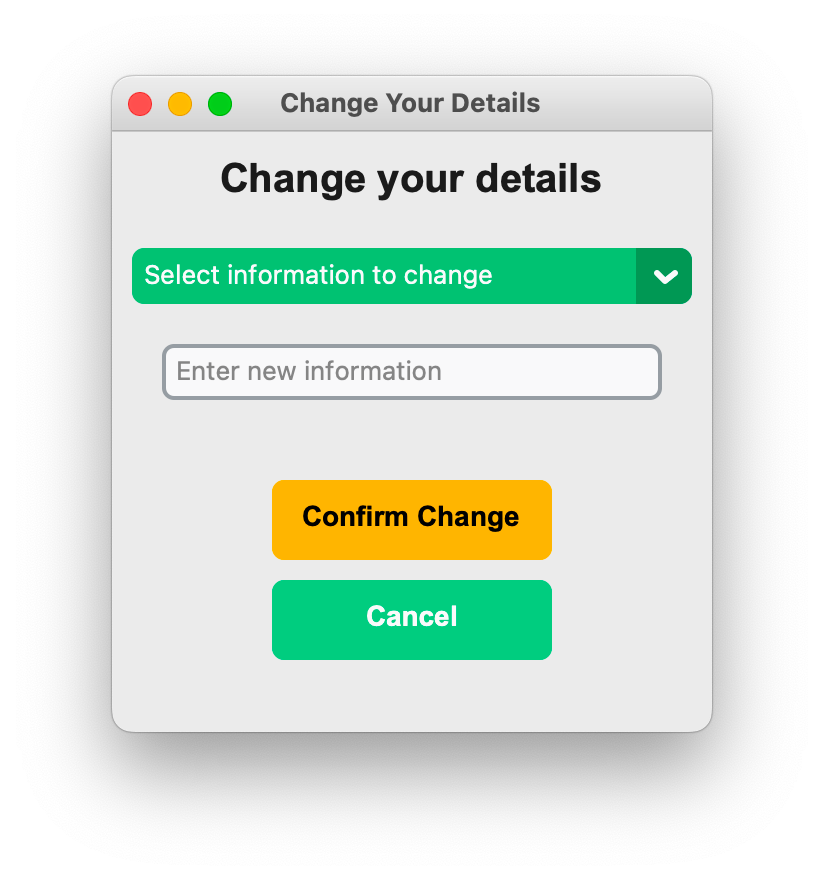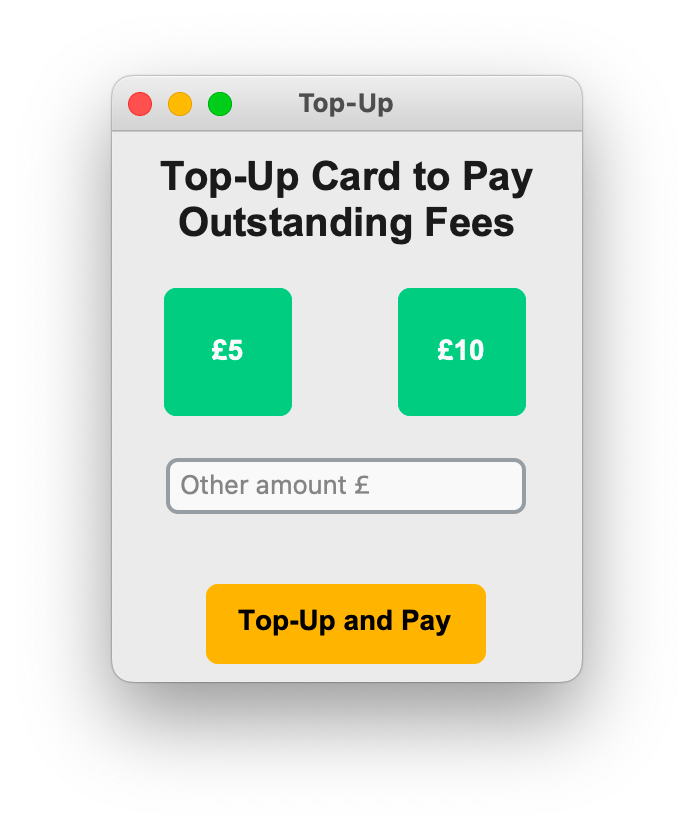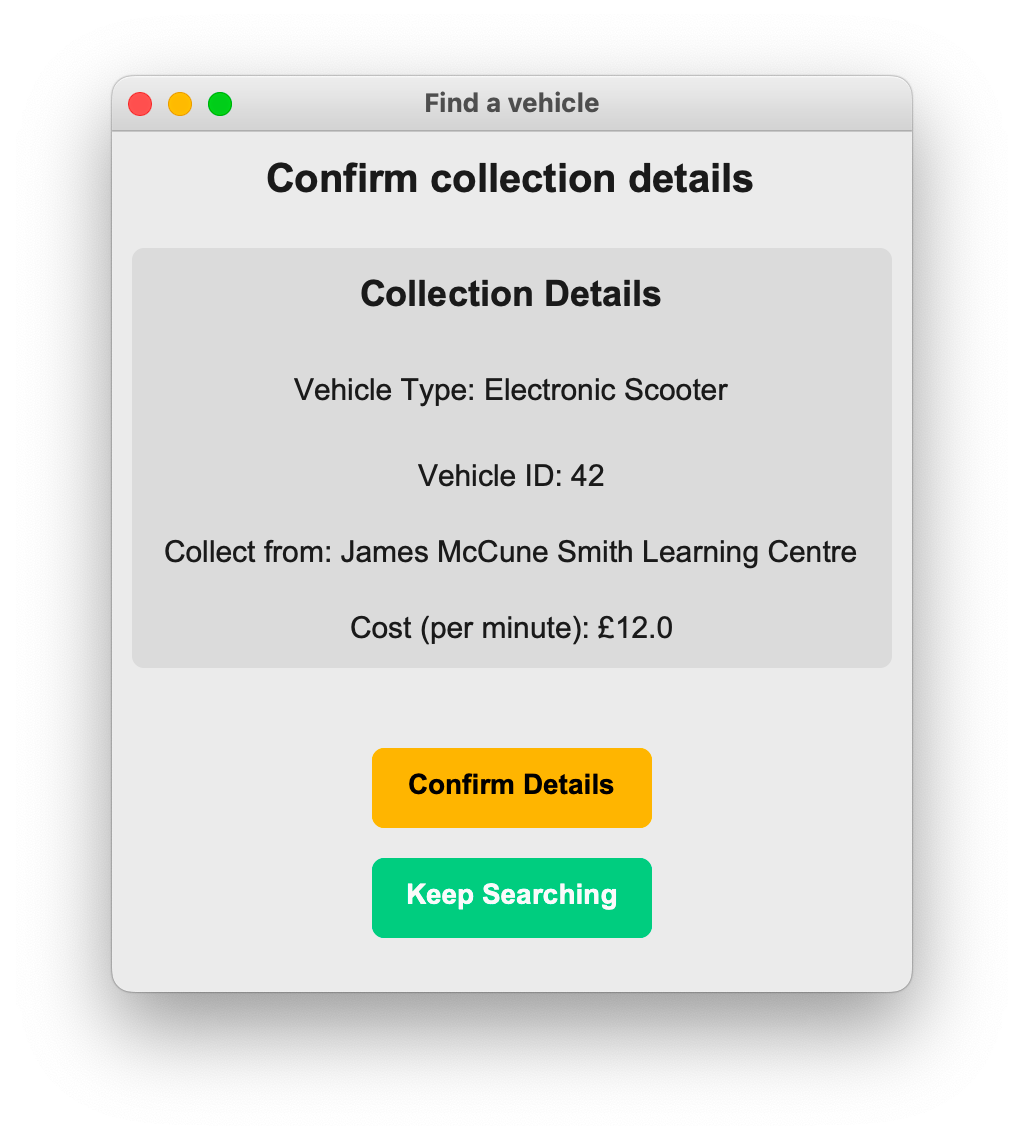BSc Computer Science - Group Project (2022)
Newcastle University
Project: Designing a website based on UN Sustainable Development Goals: Zero Hunger
Project Contribution:
Throughout the duration of the project, my principal duties encompassed the design of the User Interface (UI) for our website, implementation of features within the 'Manage Site' page, and assuming the role of Task Manager for the team. Furthermore, I utilised HTML to develop the templates for confirmation emails. I also spearheaded the development of the 'Volunteering Application' function, enabling authorised users to select and apply for volunteer roles. Additionally, I designed the contact page functionality, ensuring that when a user submits a message, an email containing the user's details and message is sent to the team’s email account. I was responsible for overseeing the 'Software Design' section of the Technical Design Document and crafted diagrams that illustrated the functionality of our web application. Moreover, I designed various logos, the project poster, and other required graphical elements. Lastly, I managed the capture of numerous screenshots of our application to showcase different features and the adaptability of our website design on smaller screen sizes, such as mobile devices.
Skills:
UI Design, Front-end Design (HTML, CSS, JavaScript), Back-end Development (Python, Flask), Version Control, Figma, Team Management, Team Work, Database (SQLAlchemy ORM)
BSc Computer Science - Individual Project (2022)
Newcastle University
Project: Designing and evaluating a mobile application that supports mutual aids efforts in local neighbourhoods, matching people in need of help with those who can offer such help.
Project Description:
During this project, I designed a mobile application that allows users to post requests and match those requests with other users in their local neighbourhood that can offer help. The app also allows users to post offers for help, services, and items. To ensure that the application's design met all of the requirements, it was important to employ methods such as Hierarchical Task Analysis while also listing the Design Requirements to ensure that the design considered my persona (Sarah).
During the design stage, I used the design tool Figma to create an interactive digital prototype of my application, ensuring that all requirements were met. In addition, I created branding for my application to make it look more professional. Finally, I used Cognitive Walkthrough to test my design (with the help of my peers).
Throughout this project, I learned a lot about how much preparation and research is required before designing an application, as well as the significance of testing and evaluating your design. The methods I learned and applied during the HCI module and project will be extremely useful in my future career.
Skills:
Human-Centred Design, Usability Evaluation, UI Design, Figma, User Research, Graphic Design (Branding)
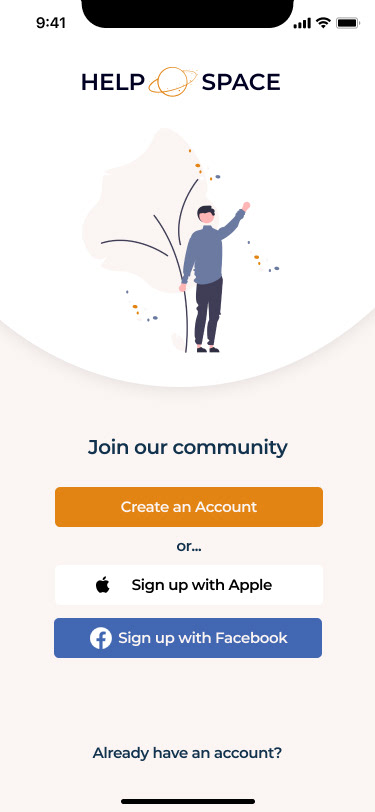

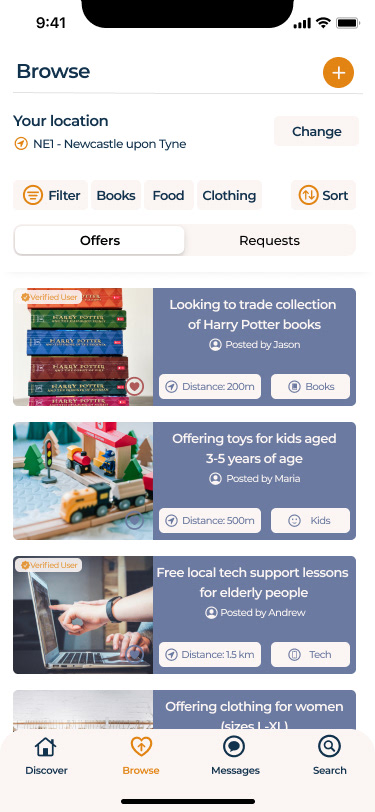
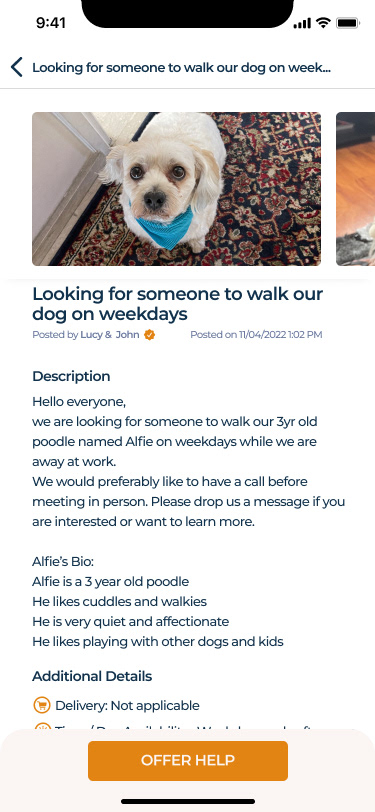
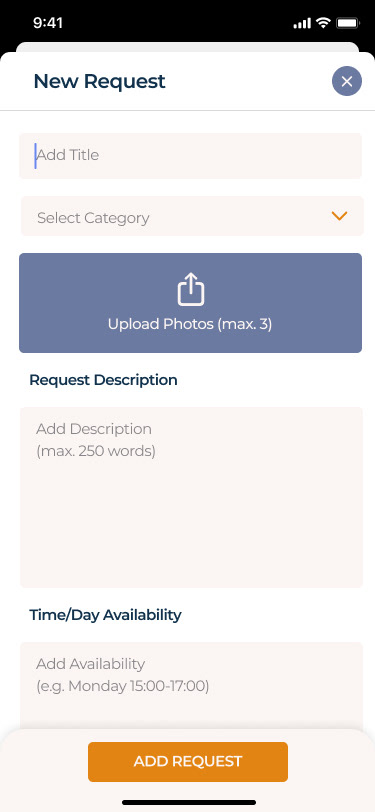
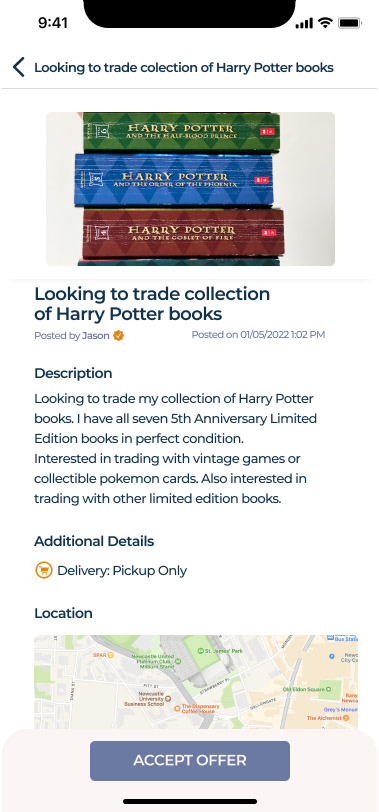
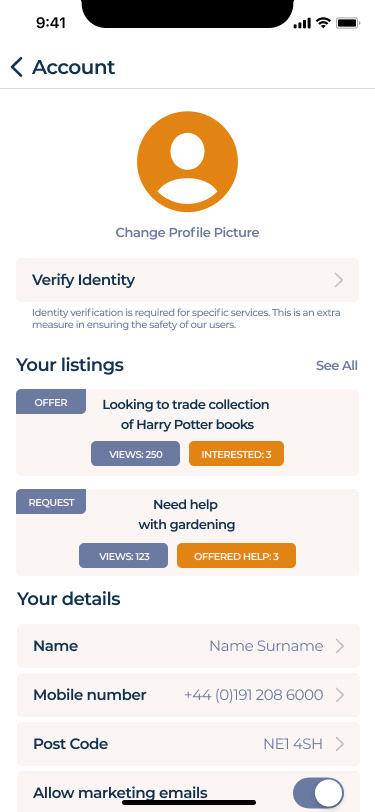
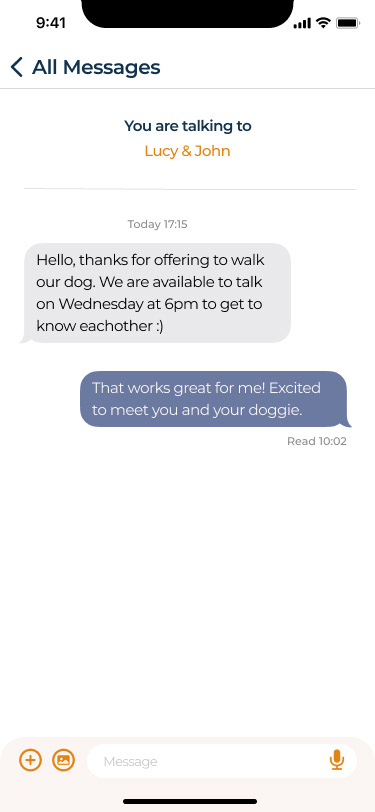
BSc Computer Science - Individual Project (2023)
Newcastle University
Project: Designing a student-driven, peer-to-peer, ‘physical’ books exchange, lending, donating, and borrowing website (temporarily or permanently).
Project Description:
Created a design based on the brief provided. Followed established usability principles to achieve a usable and aesthetically pleasing design. Created a matching feature (similar to Tinder) to help users find their perfect book match.
Skills:
UI Design, Figma, ISO/IEC/ IEEE 23026, User Research
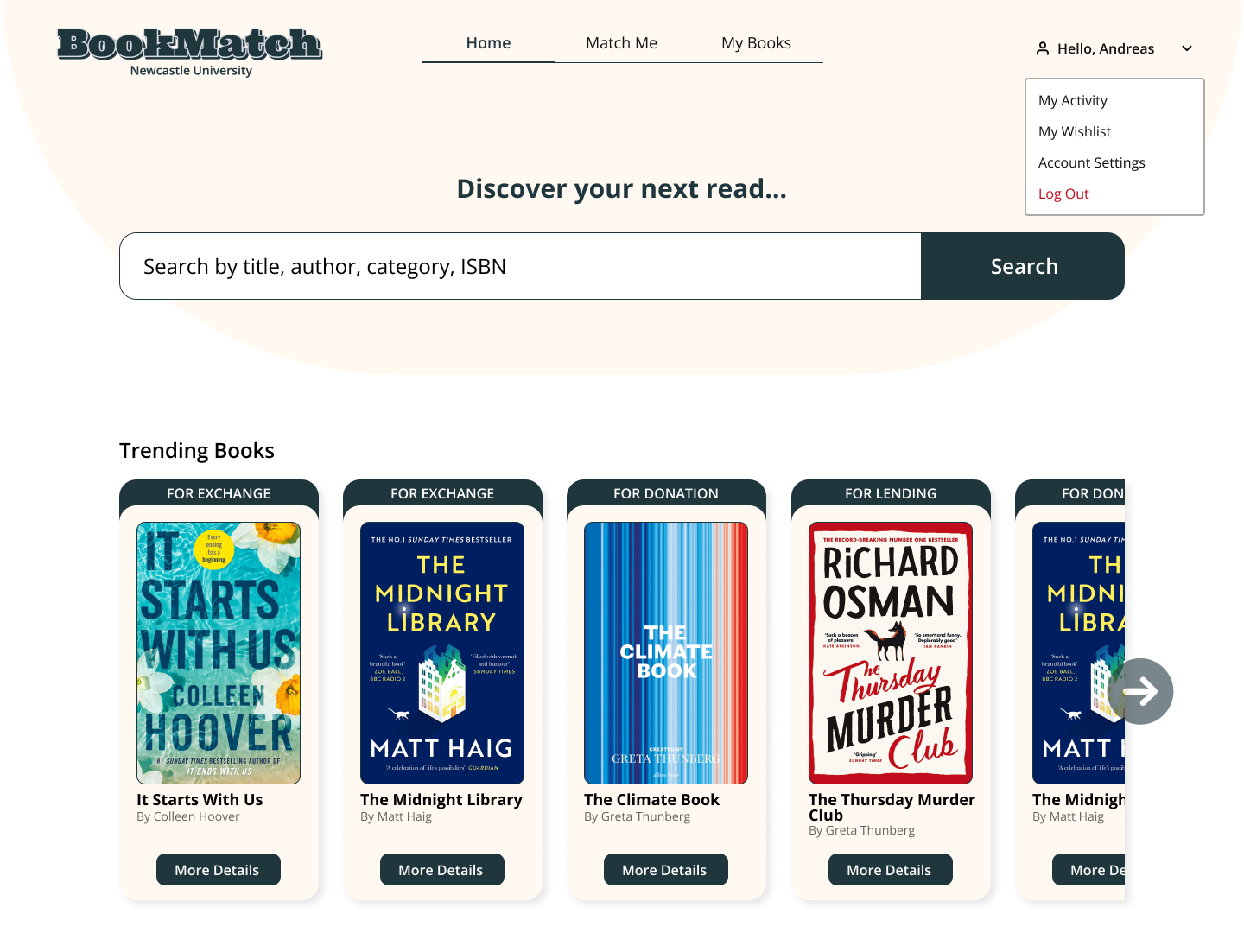
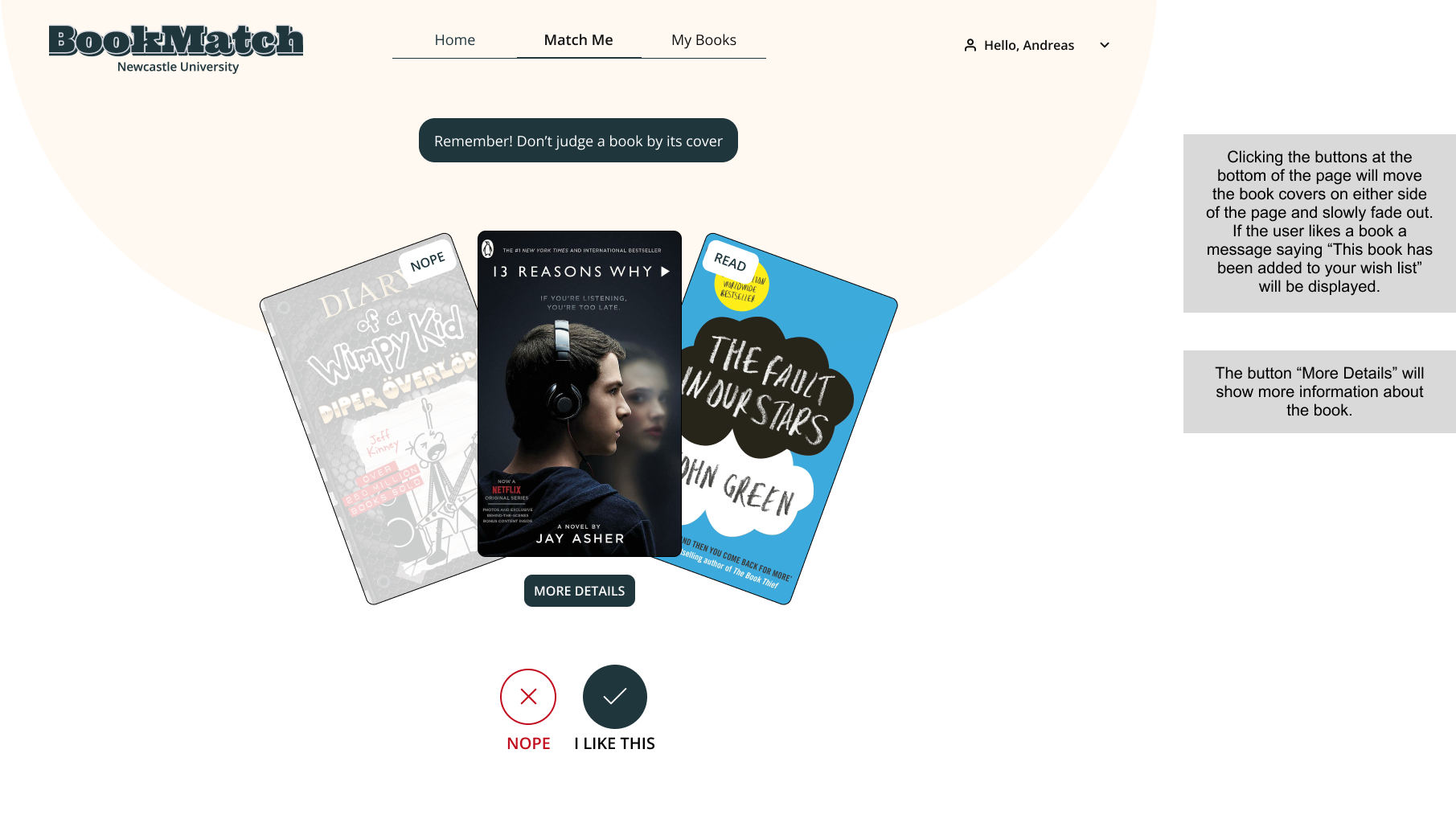
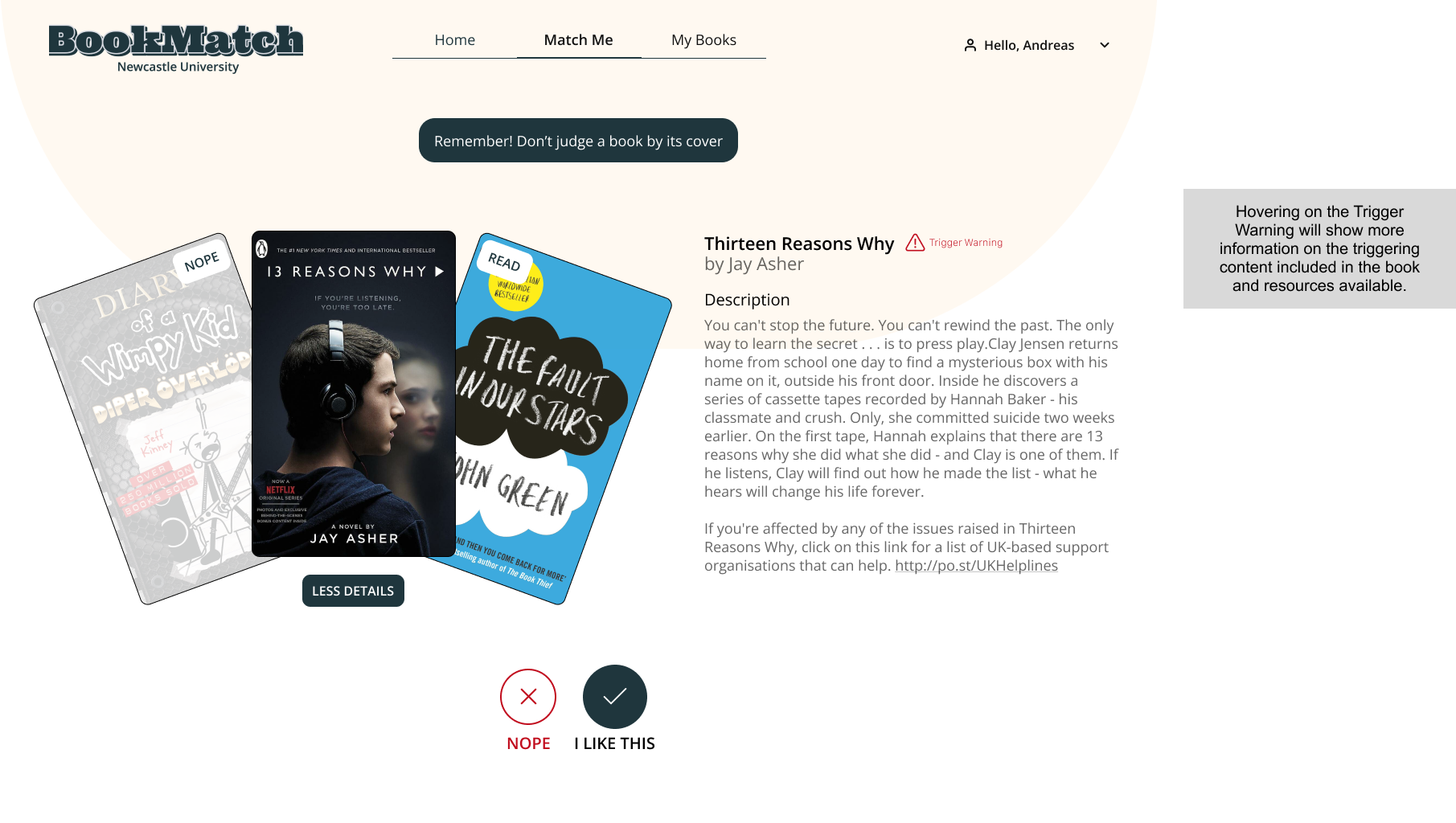
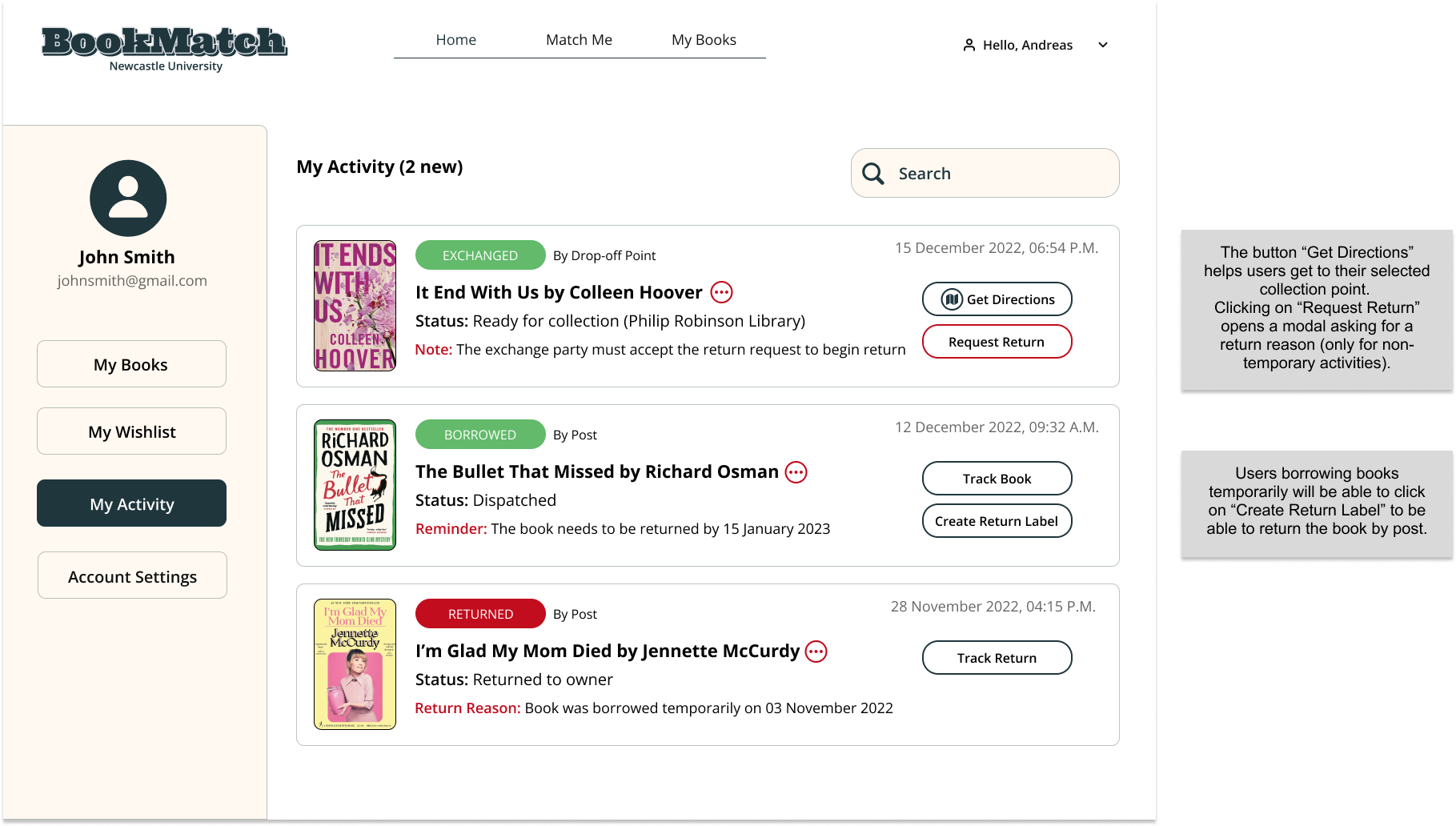
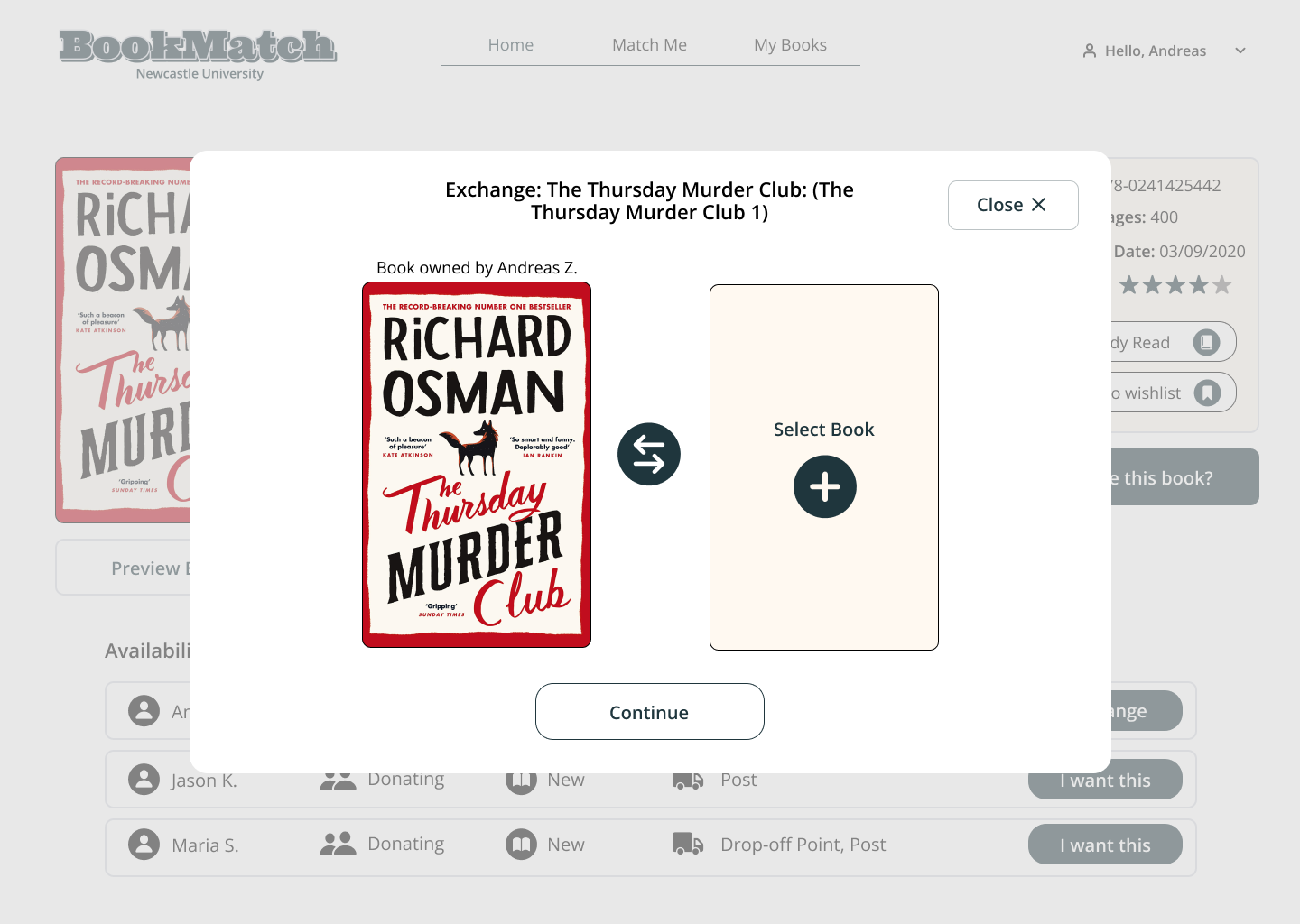
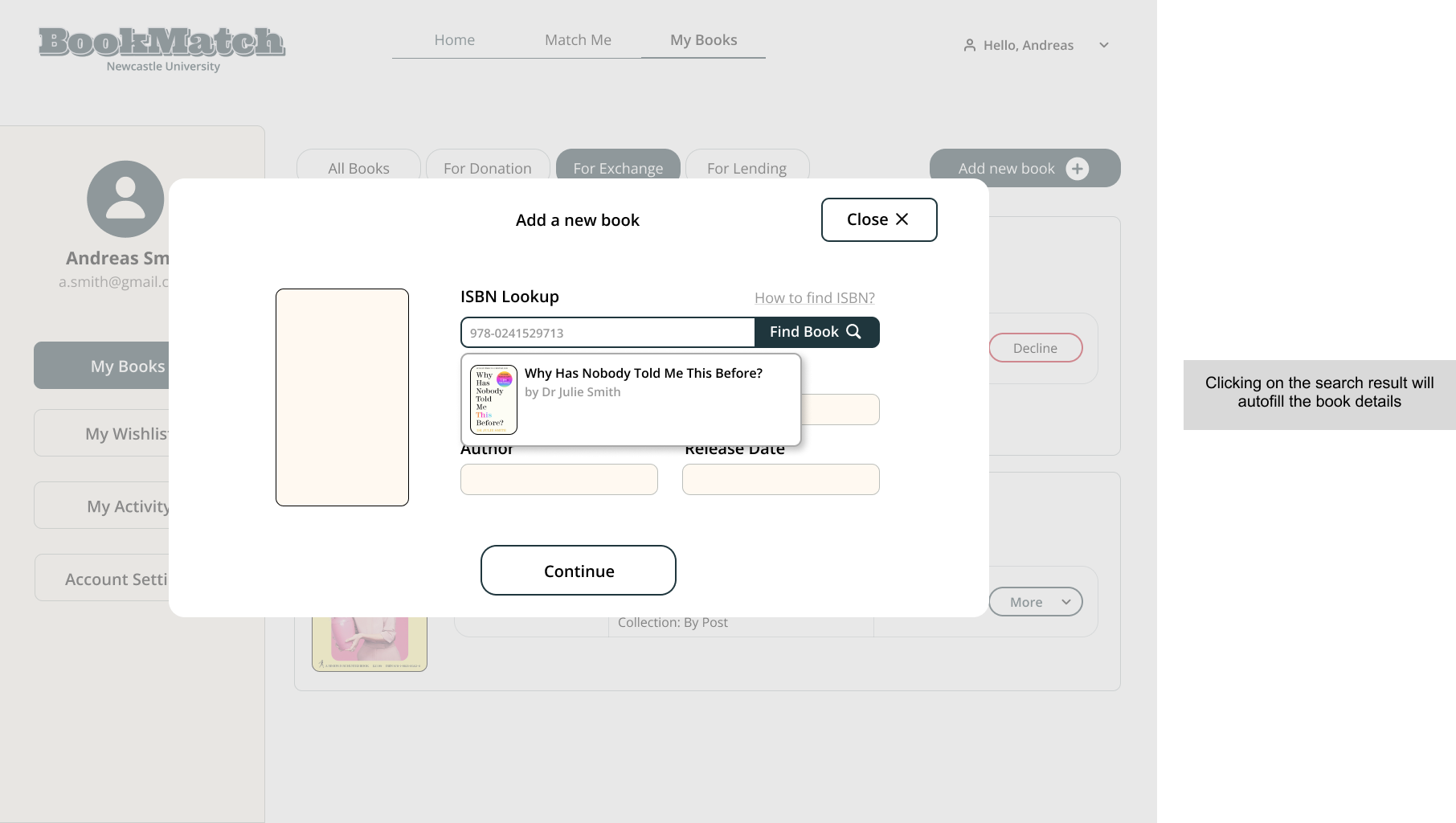
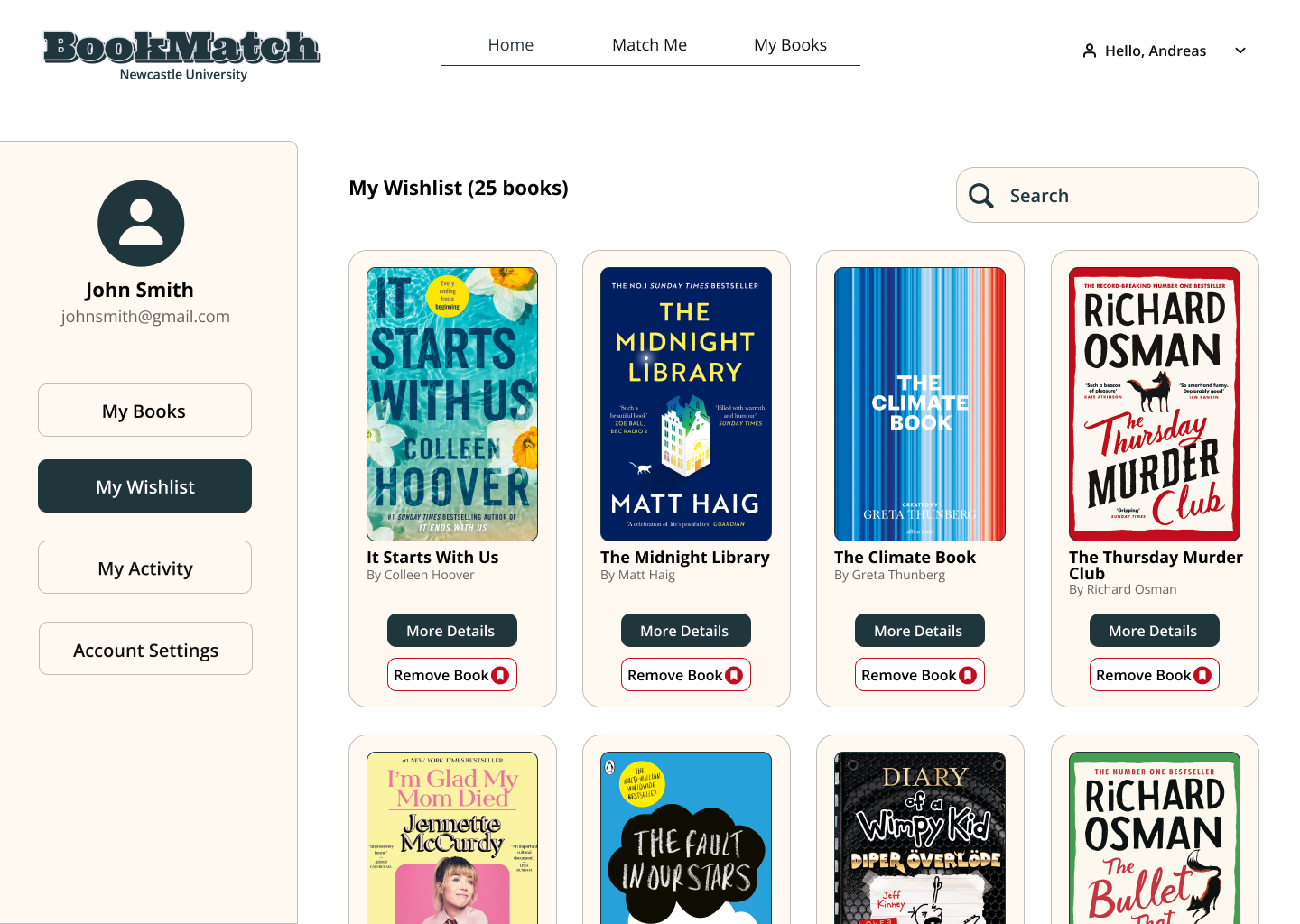
MSc Computing Science - Group Project (2023)
University of Glasgow
Project: Creating a software system to support an electric vehicle share programme using Python and Tkinter
Abstract:
This report focuses on the development and implementation of our software system to facilitate the renting process of micro-mobility vehicles, specifically electronic bikes and scooters. With the rising popularity of these vehicles as an environmentally friendly and sustainable alternative for urban transportation, the need for an efficient renting system has become paramount. Our team conducted comprehensive background research, evaluating three existing applications to understand user needs and software requirements. The software's functional and non-functional requirements were identified, followed by a detailed design phase where wireframes were created to represent the system's visual layout, and database design was carefully considered. The implementation phase saw the use of Python, Tkinter, and SQLite, adhering to the Agile development methodology. The software was then evaluated using various Human-Computer Interaction (HCI) techniques to ensure its usability and functionality. This report provides a holistic view of the software development process, from initial research to final evaluation, offering insights into the challenges and solutions encountered during the project.
Individual Contribution:
UI Design and Development, Database, Backend Functionality, Testing
Skills:
Team Work, Team Management, Python, GUI Development (Tkinter), Databases (SQLite), Agile Development Methodology, UI Design, User Research, Graphic Design (Branding), Usability Evaluation, Testing
